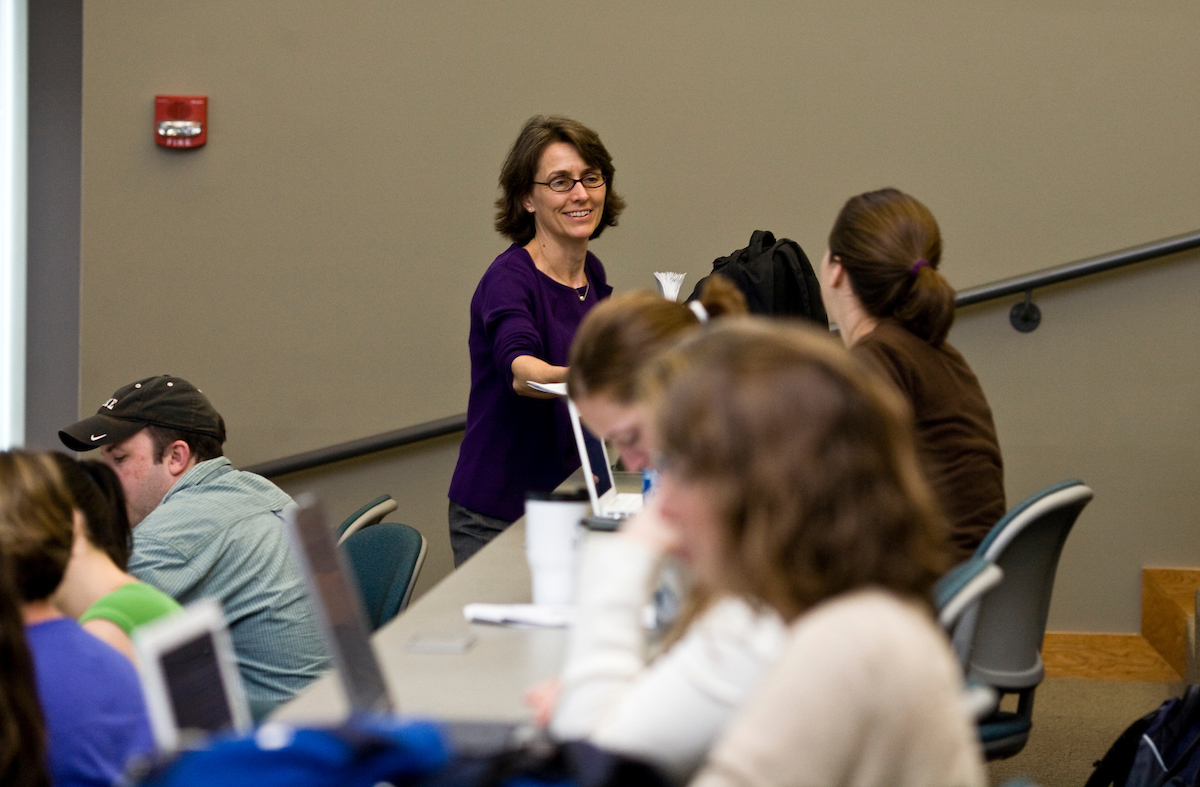Getting to Know Your Students

By Ryan Rideau, Associate Director for Teaching, Learning, and Inclusion, Center for the Enhancement of Learning and Teaching (CELT), Tufts University
One of the most important steps you can take towards creating an inclusive learning environment is building relationships with your students. Getting to know your students as individuals and learners sends a powerful message to them that they are valuable contributors to your classroom. Such an approach is also essential for maximizing student learning.
In this article, we list questions to help you get to know your students. This list is by no means exhaustive. However, it can serve as a resource as you develop your own questions to better understand your students and begin to establish an inclusive learning environment.
Getting to Know Your Students
- What is your preferred name?
- What are your pronouns?*
- What are your academic interests?
- Why are you interested in taking this course?
- Is there anything else you would like me to know about you?
Getting to Know Your Students as Learners
- What past coursework and experiences might contribute to your learning?
- Are there types of courses, knowledge, or skills you have found challenging in the past?
- Describe types of classroom environments that support your learning?
- Describe any worries or anxieties you have about the content, material, or assignments for this course?
- Describe what excites you most about the content, material, or assignments for this course?
- Is there anything else I should know about you that can support your learning?
While these are questions to get to know your students early in the course, it is important to continue build relationships with students throughout the semester. This ensures that students continue to feel a sense of belonging in your class, and will support their learning.
There are a variety of ways you can collect this information. Some of these questions can be asked in class as way to foster relationships among students, particularly those in the “Getting to Know Your Students” section above. In contrast, for the “Getting to Know Your Students as Learners” section, you can collect this information online anonymously, using Qualtrics, email, or another online platform such as Canvas. You should find a way for you to gather information about your students that is easy for you to access and suitable for the context of your course.
*There is some debate about whether instructors should do a “go-around” which includes asking students to state their pronouns. A benefit is that this practice helps to normalize an understanding of gender as fluid and allows individuals to claim their own identity. However, some argue that this approach outs students who may be questioning their identity. An alternate suggestion is asking students to write this information on an index card first, and ensure everyone is comfortable doing the “go-around”, and then continuing.
References
Ambrose, Susan A., Michael W. Bridges, Michele DiPietro, Marsha C. Lovett, and Marie K. Norman. How Learning Works: Seven Research-Based Principles for Smart Teaching. Hoboken, NJ: John Wiley & Sons, 2010.
Ginsberg, Margery B., and Raymond J. Wlodkowski. Diversity and Motivation: Culturally Responsive Teaching in College. Hoboken, NJ: John Wiley & Sons, 2009.
Rendón, Laura I. Sentipensante (Sensing/Thinking) Pedagogy: Educating for Wholeness, Social Justice and Liberation. Sterling, VA: Stylus Publishing, LLC, 2009.
See Also
CREATING INCLUSIVE COURSES
STRUCTURING A LEARNING ENVIRONMENT
PRE-ASSESSMENT
Using Classroom Assessments to Improve Student Learning (Teaching@Tufts)
